Intro
Discover 5 uses of Azithromycin, a broad-spectrum antibiotic, for treating respiratory, skin, and bacterial infections, including pneumonia, bronchitis, and STDs, with its anti-inflammatory properties.
The importance of antibiotics in modern medicine cannot be overstated. Among these, Azithromycin stands out due to its broad spectrum of activity and favorable pharmacokinetic properties. Azithromycin, a macrolide antibiotic, has been widely used for treating various bacterial infections since its introduction in the late 1980s. Its effectiveness against a range of pathogens, combined with its relatively mild side effect profile, makes it a preferred choice for both physicians and patients. This article delves into the uses of Azithromycin, exploring its applications, benefits, and the science behind its efficacy.
Azithromycin's popularity can be attributed to its unique properties, such as its long half-life, which allows for shorter treatment courses compared to other antibiotics. This aspect not only enhances patient compliance but also reduces the risk of developing antibiotic resistance. Furthermore, Azithromycin's ability to concentrate within cells makes it particularly effective against intracellular pathogens. As the medical community continues to face the challenge of antibiotic resistance, understanding the uses and limitations of Azithromycin is crucial for its optimal utilization.
The versatility of Azithromycin is evident in its application across various medical specialties, from respiratory and dermatological infections to sexually transmitted diseases. Its broad-spectrum activity covers a wide range of Gram-positive and Gram-negative bacteria, making it a valuable asset in the treatment arsenal against bacterial infections. This article aims to provide an in-depth exploration of Azithromycin's uses, shedding light on its benefits, potential side effects, and the latest research surrounding its application.
Introduction to Azithromycin
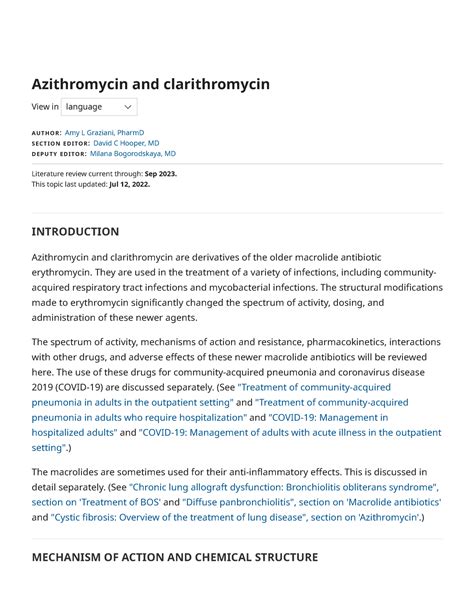
Pharmacokinetics of Azithromycin
The pharmacokinetic profile of Azithromycin contributes significantly to its clinical utility. It is well absorbed orally, with a bioavailability of approximately 37% for a 250 mg dose. Azithromycin is extensively distributed into tissues, achieving high concentrations within cells, which is beneficial for treating intracellular infections. Its long half-life, ranging from 68 to 76 hours, permits once-daily dosing and short treatment courses, typically lasting 3 to 5 days, depending on the infection being treated.Clinical Uses of Azithromycin
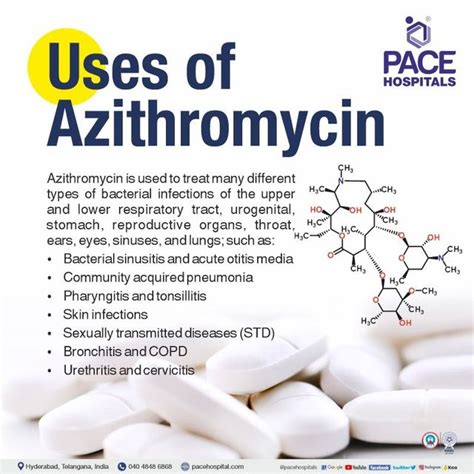
Its efficacy in these conditions is attributed to its broad-spectrum activity and favorable pharmacokinetic properties. For instance, in the treatment of community-acquired pneumonia, Azithromycin's ability to penetrate into lung tissue and its activity against common respiratory pathogens make it a preferred option.
Treatment of Respiratory Infections
Respiratory infections, such as pneumonia and acute exacerbations of chronic bronchitis, are among the most common indications for Azithromycin. Its effectiveness against Streptococcus pneumoniae, Haemophilus influenzae, and Moraxella catarrhalis, which are common causes of community-acquired respiratory infections, underscores its utility in this setting.Azithromycin in Dermatology
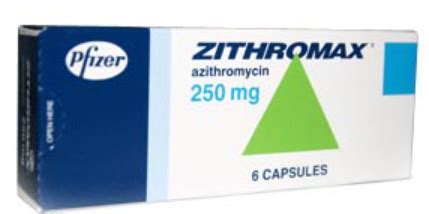
Use in Sexually Transmitted Diseases
Azithromycin is recommended as a first-line treatment for chlamydia, a common sexually transmitted infection. A single 1-gram dose is effective for the treatment of uncomplicated genital chlamydial infections. This regimen's simplicity enhances patient compliance, which is crucial for the management of sexually transmitted diseases.Azithromycin Resistance and Safety
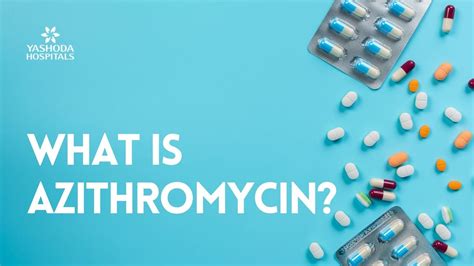
In terms of safety, Azithromycin is generally well-tolerated, with gastrointestinal side effects being the most common adverse reactions. Hepatotoxicity and QT interval prolongation are rare but serious side effects that necessitate careful patient monitoring, especially in those with underlying liver disease or cardiac conditions.
Special Considerations
In pediatric and geriatric populations, Azithromycin's use requires careful consideration of the potential risks and benefits. In children, it is approved for the treatment of acute otitis media, community-acquired pneumonia, and pharyngitis/tonsillitis. For elderly patients, dose adjustments may be necessary, particularly in the presence of renal impairment.Future Perspectives and Research
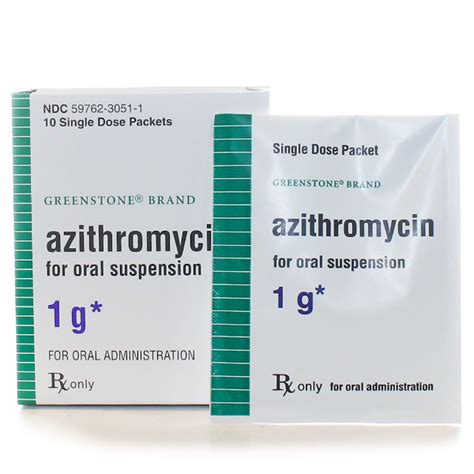
Conclusion and Recommendations
In conclusion, Azithromycin is a valuable antibiotic with a broad spectrum of activity and favorable pharmacokinetic properties, making it suitable for treating various bacterial infections. Its use should be guided by local resistance patterns and prescribing guidelines to ensure its effectiveness and minimize the risk of resistance development. As the medical community continues to navigate the complexities of antibiotic therapy, understanding the uses, benefits, and limitations of Azithromycin is essential for optimizing patient outcomes.To further enhance your understanding of Azithromycin and its applications, we invite you to explore the following topics:
- The role of Azithromycin in combination therapy for complicated infections
- Emerging trends in antibiotic resistance and their implications for Azithromycin use
- The potential of Azithromycin in treating non-bacterial infections
We encourage readers to share their experiences, ask questions, and engage in discussions about the use of Azithromycin and other antibiotics. Your input is invaluable in fostering a deeper understanding of these critical medications and their role in modern healthcare.
What is Azithromycin used for?
+Azithromycin is used for the treatment of various bacterial infections, including respiratory, skin, and sexually transmitted diseases.
How does Azithromycin work?
+Azithromycin works by inhibiting protein synthesis in bacteria, preventing them from growing and replicating.
What are the common side effects of Azithromycin?
+Common side effects of Azithromycin include gastrointestinal symptoms such as nausea, vomiting, and diarrhea, as well as abdominal pain.
